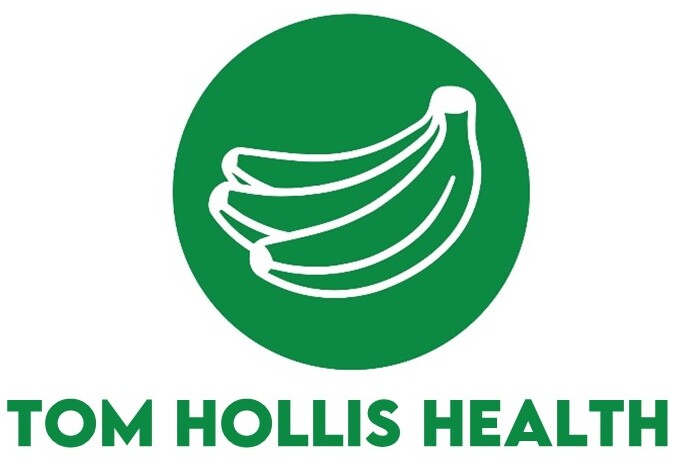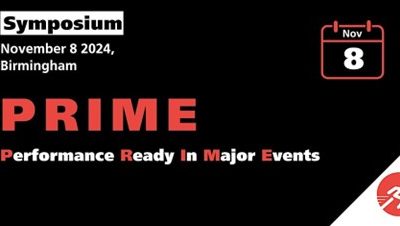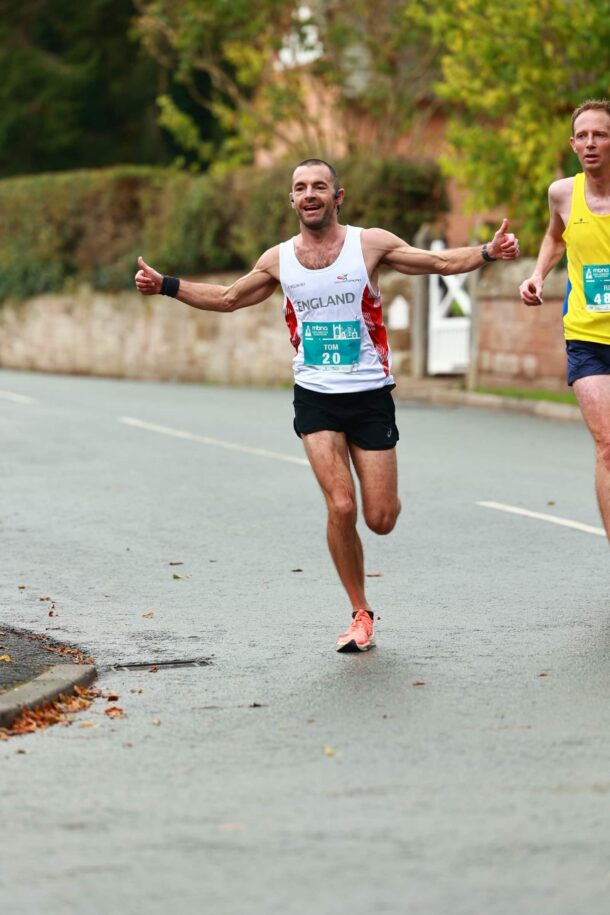I introduced the definitions and basic theory underpinning endurance athletes’ ketogenic diets (EAKD) in the first blog, but what happens when the theory is subjected to scientific research? A recently published systematic review (which by definition should incorporate all relevant, good quality studies) will help us answer this question. I will warn you that this is quite a detailed synopsis, so feel free to skip to my ‘take home thoughts’ at the end if what comes before is a bit too heavy.
The review claims to be the first of its kind looking at EAKD and key outcomes for endurance exercise (VO2 max, time to exhaustion (TTE), race time, rated perceived exertion (RPE), and peak power). VO2 max, for example, is a key measure of aerobic fitness, and one of the 3 fundamental determinants of endurance performance (alongside lactate threshold and running economy).
Studies
All relevant papers published up to November 2019 were assessed, but after filtering by their reasonable (and well-described) inclusion and exclusion criteria, only 7 eligible papers were included in the final analysis. Of these 7 studies, 6 were trials while 1 was a case study design. All studies were specific to endurance exercise (although this included a range of sports including running, cycling and race walking), and the overall subject age range was 18-55 years. Each study tested the impact of EAKD (with varying protocols for this but always <50g carbohydrate per day), and each monitored serum ketones as a measure of achieving ketosis (see blog 1).
In 6 of the 7 studies, a high carbohydrate group was used for comparison (no comparison group used in the case study), and there was variation as to whether meals were provided or simply advised. Diet intervention durations varied from 3 to 12 weeks.
Primary outcome:
VO2 max (ml / kg / min)
There were ‘mixed’ findings for VO2 max. Of the 6 trials, 2 showed significant increases in VO2 max across all diets (with no significant difference between groups). In other words, the improvements were independent of which diet the athlete was on. In the other 4, there were no significant changes in VO2 max, although the general trend was for non-significant decreases among the EAKD group.
It’s also worth noting that 1 of the papers didn’t measure VO2 max post-EAKD, but instead the percentage of baseline VO2 max required at different race distances. There were significant increases in this percentage with EAKD (among male recreational runners) at 10km, 21km and 42km, but not 5km. Aside from the 5km finding, this would suggest a negative correlation between EAKD and performance, since a greater percentage of VO2 max over any given distance suggests reduced running efficiency.
Secondary outcomes:
TTE (Time to Exhaustion)
3 studies used TTE as an outcome. In 2 of these there were no significant differences, whereas in 1 there was a decrease, which would be interpreted as detrimental to endurance performance.
Race times
3 studies investigated the impact on race times. Only 1 showed significant differences: a significant decrease in race time among high and peridodised carbohydrate intake, whereas there was a non-significant race time increase for EAKD.
RPE (rating of perceived exertion)
Again, 3 studies looked at the impact on RPE, with just one reaching statistical significance, where RPE was significantly higher in the EAKD group.
Peak Power
2 studies looked at this, with highly variable results. 1 found a nearly significant decrease in peak power, whereas the other suggested a significant increase. In this latter paper, the author concluded the positive outcome was likely a result of an improved power to weight ratio, owing to the mean 6kg weight loss achieved with EAKD (which is an interesting observation in itself).
Discussion
The review concluded that, when comparing EAKD to a high carbohydrate diet, results were mixed in terms of endurance performance. However, while there was undoubtedly some variation, I would say this interpretation of ‘mixed’ is somewhat generous to EAKD given the results above.
Yes, 2 of the studies saw an improvement in VO2 max, but this was seen across all diet groups rather than being specific to EAKD, and in the others, the general (albeit non-significant) trend was towards reduced VO2 max post-EAKD. Across all the secondary outcomes, only 1 positive outcome was seen for EAKD, and the author attributed this to weight loss distorting the power to weight ratio rather than improving peak power per se.
So, given the background theory supporting EAKD I presented in blog 1, why is this not reflected in positive findings in this review? Crucially, compared to carbohydrate, fat oxidation requires more oxygen, so regardless of the athlete’s baseline VO2 max, more oxygen will be required to use fat as a fuel at any given pace. The review also suggests that metabolites of EAKD (including tryptophan and ammonia) may lead to central nervous system-mediated fatigue.
The review’s discussion also considers whether EAKD may increase satiety and therefore reduce overall energy intake, hence its possible role in weight loss and indeed the surprising weight loss results seen in one of the peak power studies here. Depending on the athlete, this may or may not be desirable, and has a potential impact on energy availability and the risk of Relative Energy Deficiency in Sport (RED-S). RED-S is an incredibly interesting and growing area in sports nutrition that I don’t have time to discuss here, but it is a key and prevalent issue in endurance exercise and impacts on mental, hormonal and bone health, as well as recovery and performance itself.
Critique and limitations
I have already disputed the interpretation of ‘mixed’ results, but there are other limitations to this review (most of which were acknowledged in the review’s own discussion). First and foremost, there were only 7 eligible studies, which were heterogenous (i.e. inconsistent) in terms of diet protocols, endurance activities and athlete fitness levels. Moreover, only 1 of the 7 was a ‘gold standard’ randomised controlled trial. The other trials allowed self-selection of diet group, which probably improved adherence but introduced bias. In addition, sample sizes within each study were generally quite small too.
We need to remember that VO2 max is of course only a proxy measure for endurance performance; other research has suggested that it may not be particularly accurate as a predictor, with performance too prone to variation in running economy and fatigue.
The paper concludes that future reviews should consider reducing heterogeneity by including only individual exercise types (e.g. running or cycling only), and I would certainly agree with this, once sufficient good quality data starts to emerge. 6 of the 7 included studies were published in the last 5 years, which does suggest a surge in interest in this topic and that more may be on the way soon. Whether there is ‘publication bias’ as a result of unpublished studies in this area is unfortunately impossible to know. As is so often the case with systematic reviews in nutrition, what we really need is more, high quality research, ideally in the form of randomised controlled trials.
My take-home thoughts
There’s nothing in this systematic review that would tempt me to adopt a ketogenic diet for my own training, nor to routinely recommend it to my clients. However, this is a growing area, and it’s important to remain open-minded; convincing data may well emerge that forces me to reconsider.
As I hinted in blog 1, I would also find EAKD difficult from a practical perspective. I really enjoy carbohydrates and embrace the fact that an appropriately periodised, high carbohydrate diet remains the go-to for endurance athletes. Practical considerations like this should not be overlooked when thinking about the science, and equally, there’s no doubt that going keto is more challenging on a plant-based diet. However, I also appreciate that high-carb does not suit or come naturally to everyone, so if any potential clients are out there who want to trial EAKD then I’d love to help you plan it!
In blog 1, I also mentioned James Cracknell’s latest stunt (running 100 miles in 5 days with just water) in a bid to promote low-carb diets in the general population. There’s a lot to admire about James. He is a single-minded machine of a man and has achieved some truly incredible feats in endurance sport. However, I’ve got huge issues with this challenge.
First, and of least importance, is that just because you can complete the 100 miles (although as far as I know, results have not yet been released – presumably coming to a Netflix documentary soon), it doesn’t mean you should. His marathon PB is an admirable 2h43 (4 minutes faster than me…not bitter, honest), so it will be very interesting to see how his running speed here compares to that.
Second, how relevant is running 100 miles on an empty stomach to the general population, and his stated aims of challenging current dietary guidelines (especially for diabetics and pre-diabetics)? I appreciate that this is just an elaborate PR exercise but I would argue that this sort of ultra-extreme challenge is completely irrelevant to your average diabetic.
And last but not least, I think the messaging here is careless and potentially really harmful. As an ICU dietitian, I witness the grave dangers of diabetic ketoacidosis and refeeding syndrome, first-hand, on a regular basis. Both are linked to prolonged periods of starvation and are potentially fatal, so to casually or indirectly promote this to the general population is staggering. Among endurance athletes, it’s potentially even more dangerous. There are already some really warped and extreme ideas about nutrition among these individuals, and unfortunately, disordered eating (whether clinical or sub-clinical) is also prevalent. As I write this, I happen to be watching the extremely insightful recent BBC documentary, ‘Freddie Flintoff: Living with Bulimia’, that features the wonderful sports nutritionist Renee McGregor, and delves into this very subject. In my eyes, any attempt to normalise this sort of extreme eating behaviour in this vulnerable group is worthy of contempt.





0 Comments